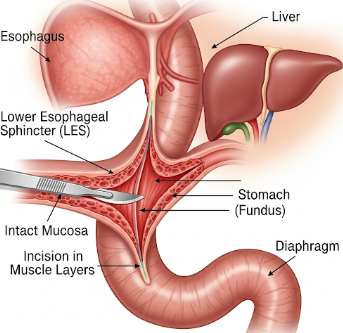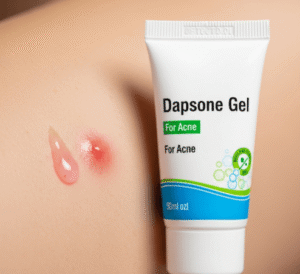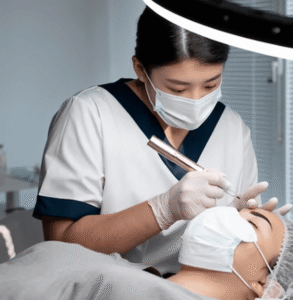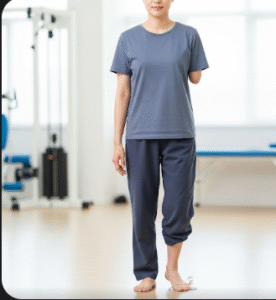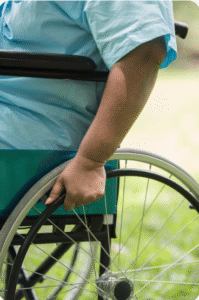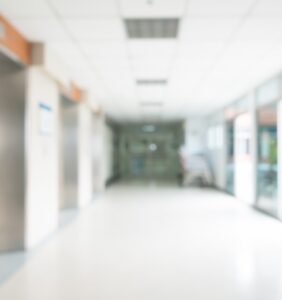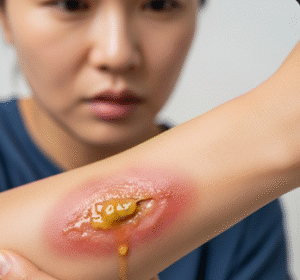Overview
Heller Myotomy is a surgical procedure designed to treat achalasia, a condition in which the lower esophageal sphincter (LES) fails to relax, causing difficulty swallowing, regurgitation, and chest discomfort. The procedure involves cutting the muscle at the lower end of the esophagus to allow food to pass more easily into the stomach.
South Korea is renowned for advanced laparoscopic and minimally invasive techniques, skilled thoracic surgeons, and comprehensive post-operative care, making it a top destination for patients seeking safe and effective treatment for achalasia.
What is Heller Myotomy?
Heller Myotomy involves:
- Careful dissection of the lower esophageal sphincter muscle
- Preservation of the esophageal mucosa
- Occasionally combining with a partial fundoplication (to prevent acid reflux)
- Minimally invasive laparoscopic approach preferred in most Korean centers
Indications include:
- Difficulty swallowing (dysphagia)
- Regurgitation of undigested food
- Chest pain due to esophageal spasm
- Weight loss and malnutrition related to achalasia
What are the Benefits?
- Restores normal swallowing → Significant improvement in dysphagia
- Minimally invasive options → Laparoscopic Heller myotomy reduces recovery time
- Improves quality of life → Relief from pain, regurgitation, and malnutrition
- Durable results → Long-term symptom improvement in most patients
- Combined fundoplication → Reduces risk of post-operative reflux
- High surgical success rates in Korea due to expertise and advanced technology
Procedure Details
1) How should I prepare for Heller Myotomy?
- Preoperative evaluation → Blood tests, ECG, chest X-ray, esophagram, and endoscopy
- Medication review → Adjust or stop blood thinners or other medications
- Fasting → Typically 8–12 hours before surgery
- Consultation → Discuss surgical approach (laparoscopic vs open), possible fundoplication, and recovery timeline
- Pre-procedure instructions → Avoid smoking and follow dietary guidelines
2) What happens during the procedure Heller Myotomy?
- Anesthesia → General anesthesia with full monitoring
- Surgical steps →
- Laparoscopic ports inserted into the abdomen
- Muscle fibers of the lower esophageal sphincter carefully divided
- Esophageal mucosa checked for integrity
- Optional partial fundoplication performed to prevent reflux
- Ports removed and incisions closed
- Duration → 1–2 hours depending on complexity
- Monitoring → Continuous monitoring of vital signs and esophageal perfusion
3) What happens after Heller Myotomy?
- Recovery room → Patient monitored until fully awake and stable
- Hospital stay → Typically 2–3 days
- Diet → Start with liquids, gradually progress to soft foods
- Pain management → Oral or IV analgesics
- Activity restrictions → Avoid heavy lifting and strenuous activity for 2–4 weeks
- Follow-up visits → Assess swallowing function, check for reflux, and monitor healing
Risks / Benefits
Risks
- ➤ Perforation of the esophagus (rare)
- ➤ Gastroesophageal reflux if fundoplication not performed
- ➤ Infection at incision sites or internally
- ➤ Bleeding during surgery (rare)
- ➤ Pulmonary complications or anesthesia-related risks
Benefits
- ➤ Effective relief from dysphagia and regurgitation
- ➤ Minimally invasive laparoscopic approach reduces recovery time
- ➤ High long-term success rates
- ➤ Improved nutritional status and quality of life
- ➤ Advanced surgical care in Korean hospitals
Recovery and Outlook
- Immediate recovery → Mild pain or discomfort at incision sites
- Hospital stay → 2–3 days
- Diet → Liquids first, progressing to soft foods within 1–2 weeks
- Return to work → Usually 2–4 weeks depending on recovery
- Long-term outlook → Most patients experience improved swallowing, reduced regurgitation, and better nutrition
- Follow-up care → Regular endoscopy or esophagram to monitor function and prevent complications
- Lifestyle adjustments → Eat smaller meals and avoid foods that trigger reflux if fundoplication was not performed
South Korea provides comprehensive post-operative care, including dietary counseling, physiotherapy, and ongoing monitoring, ensuring safe recovery and optimal outcomes.
When To Call the Doctor
Contact your surgeon immediately if you notice:
- ⚠️ Severe chest pain or difficulty swallowing
- ⚠️ Persistent vomiting or inability to keep liquids down
- ⚠️ Fever, chills, or signs of infection
- ⚠️ Unusual swelling or bleeding at incision sites
- ⚠️ Symptoms of reflux not controlled by medications
Best Korea Option / Process
South Korea is a leading destination for Heller Myotomy due to:
- Highly skilled thoracic and gastroesophageal surgeons
- Advanced laparoscopic and minimally invasive technology
- Comprehensive post-operative care and monitoring
- Multidisciplinary teams including nutritionists and physiotherapists
- International patient coordination, including translation and follow-up support
Top Hospitals for Heller Myotomy in Korea:
- Asan Medical Center, Seoul – Expertise in advanced minimally invasive esophageal surgery
- Samsung Medical Center – High success rates in laparoscopic Heller myotomy
- Seoul National University Hospital (SNUH) – Comprehensive care and patient support
- Yonsei Severance Hospital – Advanced surgical techniques with international patient coordination
👉 For patients with achalasia or severe esophageal motility disorders, Heller Myotomy in Korea offers safe, effective, and minimally invasive treatment with excellent long-term results.

